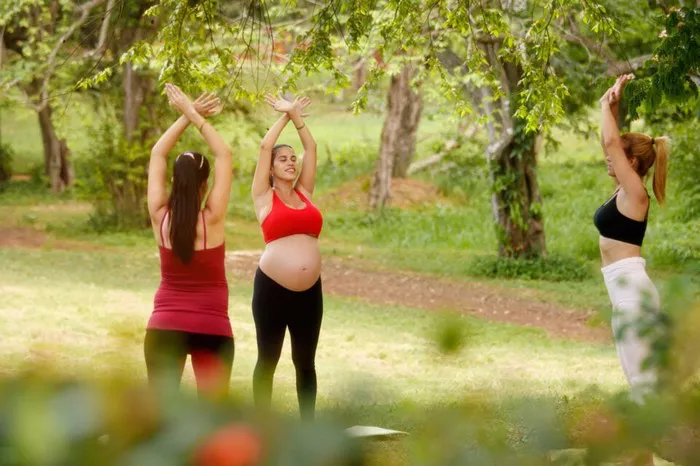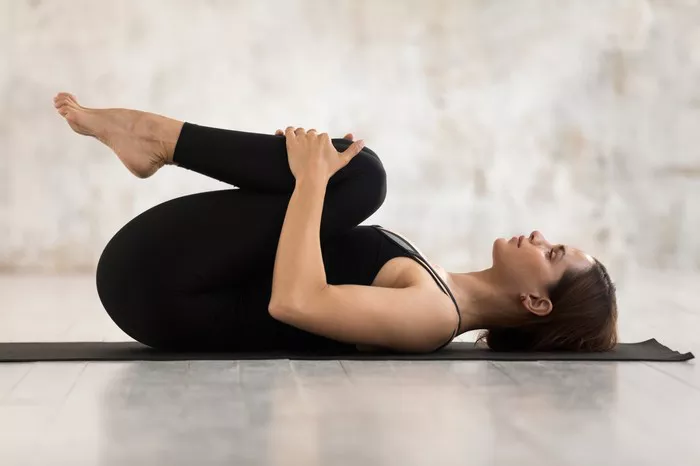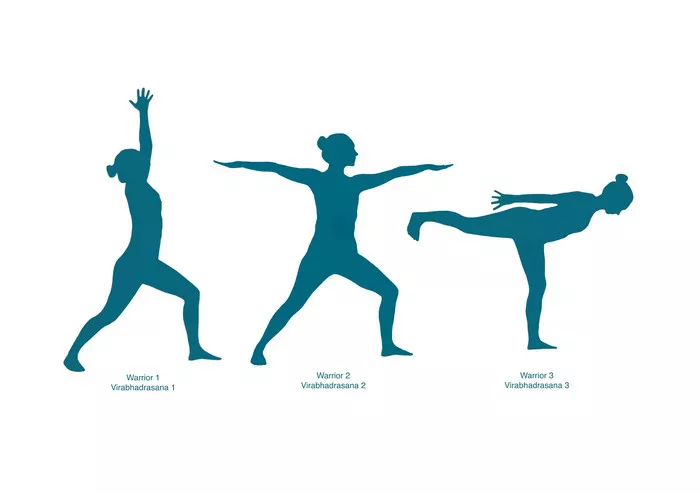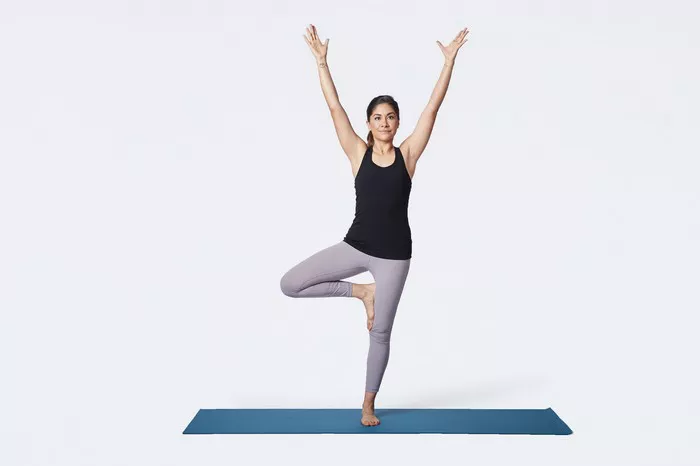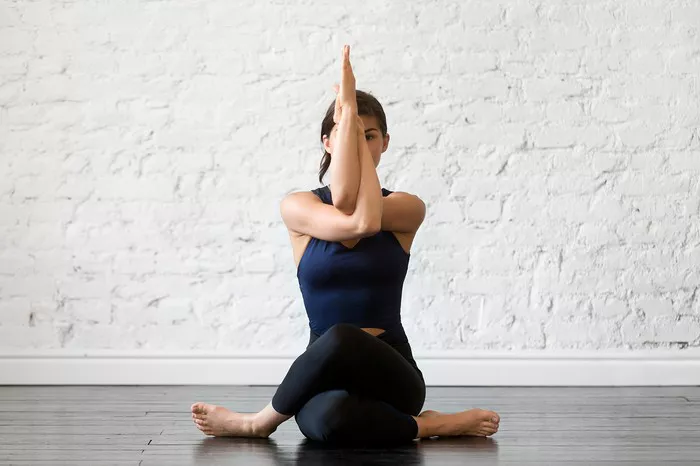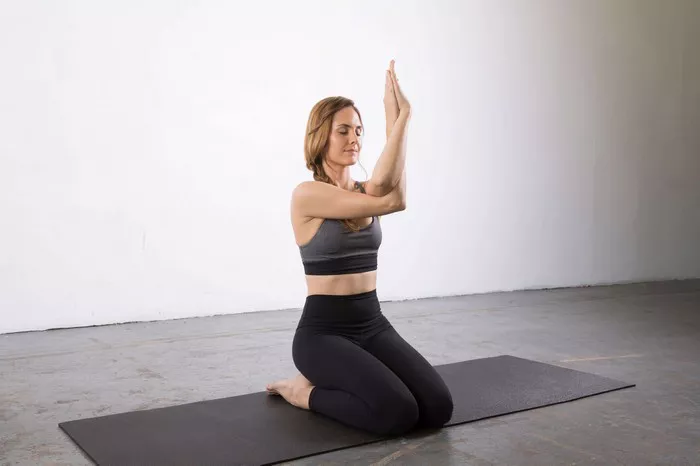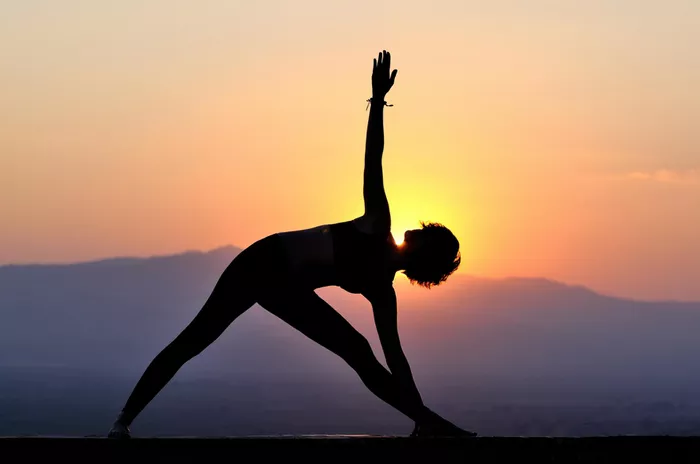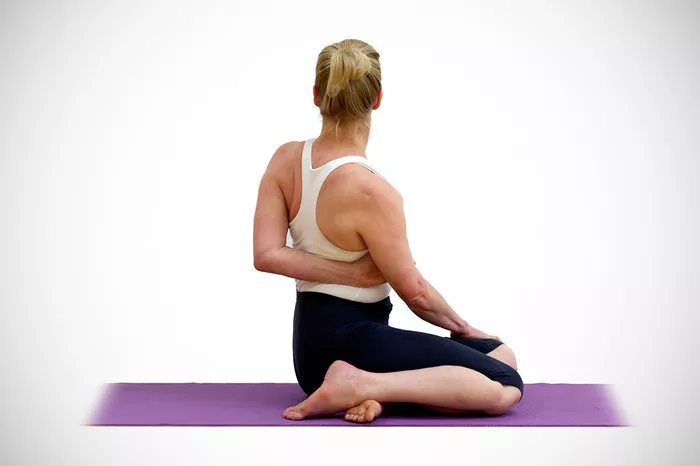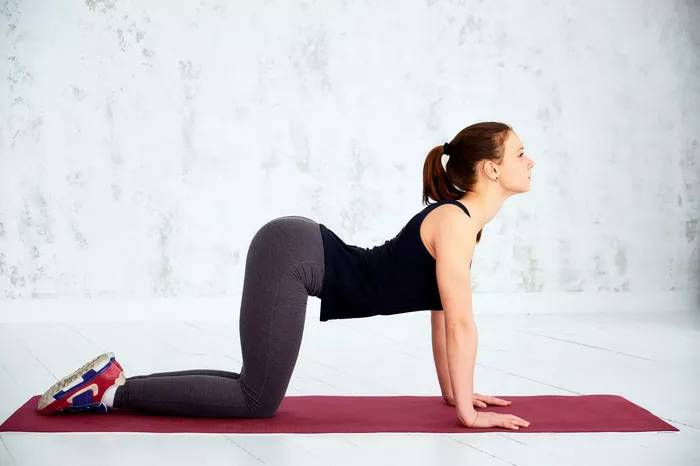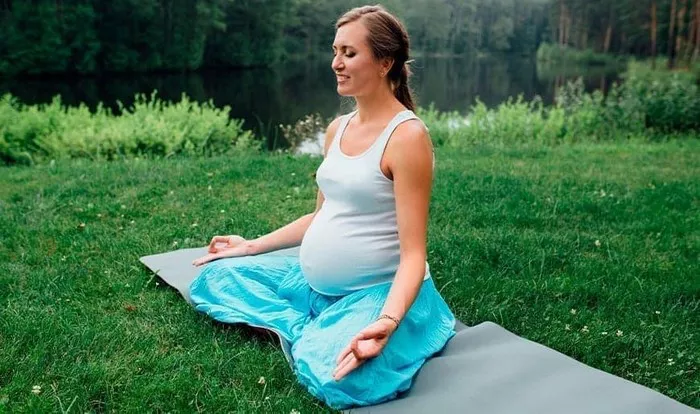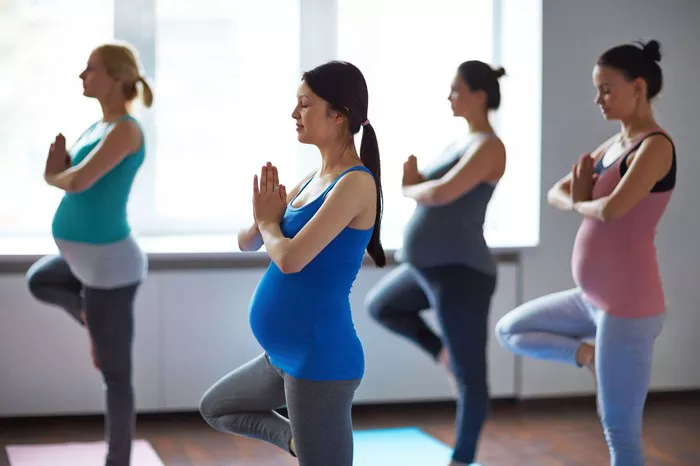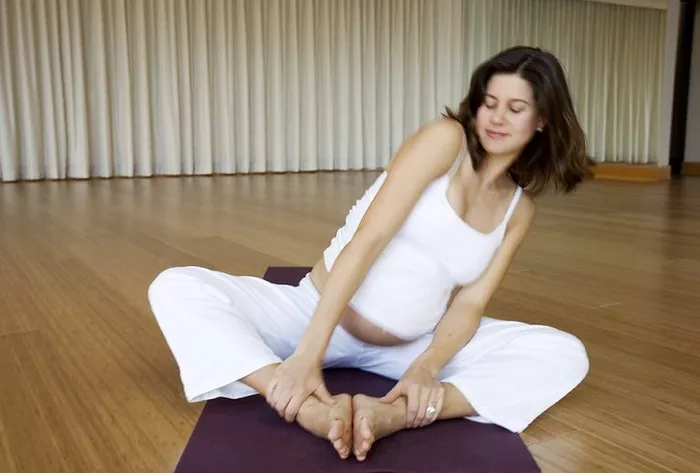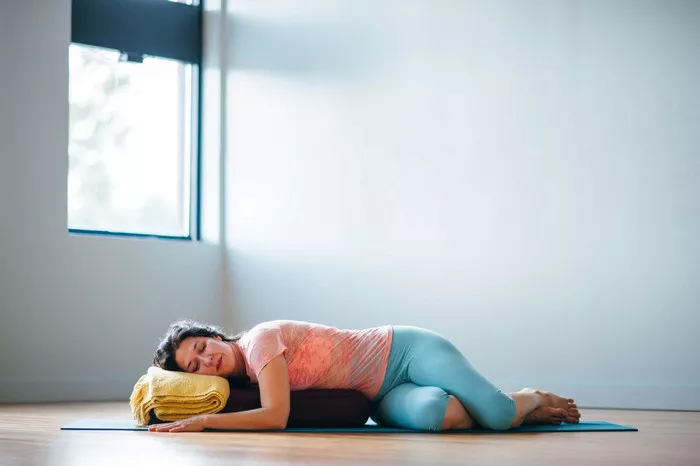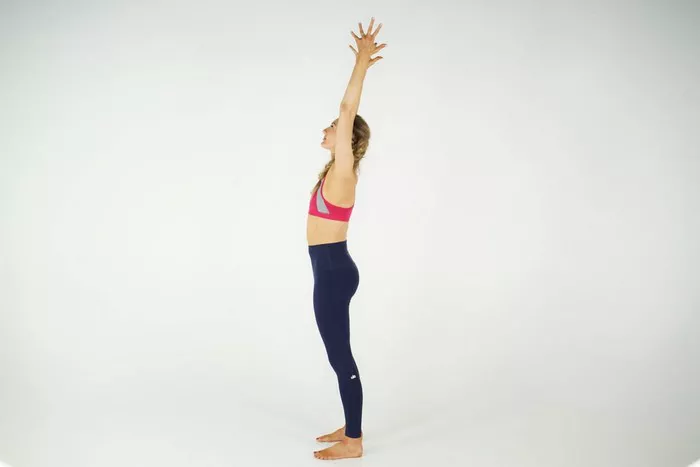Lower back pain is one of the most common musculoskeletal complaints across all age groups. Whether caused by poor posture, sedentary lifestyle, or physical exertion, the discomfort can significantly affect quality of life. Among various remedies and preventive exercises, yoga has gained prominence, particularly the Baby Pose (also known as Balasana in Sanskrit). This gentle yoga posture is often recommended for its calming effects and potential to relieve back pain. But how effective is it really? In this guide, we dive deep into expert insights to evaluate whether the Baby Pose is beneficial for lower back pain relief.
What is Baby Pose (Balasana)?
Baby Pose is a foundational yoga posture that involves kneeling on the floor, sitting back on the heels, and folding the torso forward to rest between the thighs, with arms extended forward or placed alongside the body. The forehead touches the mat, promoting relaxation and mindfulness.
This posture is often used as a resting pose during yoga sessions due to its calming nature and ability to stretch multiple muscle groups gently. It is considered safe and accessible for practitioners of all skill levels. Moreover, the Baby Pose is often modified using props like bolsters or blankets to accommodate varying degrees of flexibility and mobility.
Anatomy of Lower Back Pain
Lower back pain typically originates in the lumbar spine region, which supports much of the body’s weight. It can be caused by a range of factors including:
- Poor posture
- Muscle strain
- Herniated discs
- Degenerative disc disease
- Sedentary lifestyle
- Stress and tension
The muscles in the lower back, hips, and abdomen work together to support spinal alignment and movement. When any of these areas become imbalanced or weak, the resulting strain can manifest as lower back pain.
How Baby Pose Targets the Lower Back
Baby Pose gently stretches the muscles of the lower back, hips, and thighs. This stretching action can help release tension and increase blood flow to the affected areas, promoting healing and flexibility. Here are several ways in which Baby Pose contributes to alleviating lower back pain:
Spinal Decompression
By folding forward and allowing gravity to lengthen the spine, Baby Pose can help relieve compression in the lumbar vertebrae. This decompression reduces pressure on spinal discs and nerves.
Muscle Relaxation
The passive nature of the pose encourages muscles to relax. It soothes the erector spinae (the muscles along the spine) and provides relief from muscular tightness and spasms.
Improved Circulation
The stretch improves blood circulation to the lower back and pelvic region. Enhanced circulation accelerates tissue repair and reduces inflammation.
Mind-Body Connection
Baby Pose fosters mindfulness and controlled breathing, which can decrease the perception of pain. Stress and tension often exacerbate lower back discomfort, and this pose can help counteract that.
Expert Opinions on Baby Pose for Back Pain
1. Physical Therapists
Many physical therapists include gentle yoga poses like Balasana in rehabilitation programs. According to them, Baby Pose offers a safe, low-impact method to gently stretch tight muscles and restore range of motion. However, they also caution that it should be used as part of a broader therapy plan tailored to the individual’s condition.
2. Chiropractors
Chiropractors often recommend yoga postures for spinal health, and Baby Pose is frequently endorsed. They note that while it does not replace manual adjustments or other clinical treatments, it can complement them by maintaining spinal flexibility between visits.
3. Yoga Instructors
Certified yoga instructors highlight Baby Pose as one of the safest and most restorative postures. They emphasize that proper alignment and modifications are crucial to ensure maximum benefit without risking injury, especially for beginners or individuals with chronic conditions.
4. Medical Doctors
Doctors specializing in orthopedics or sports medicine sometimes recommend yoga for chronic back pain. They generally support the use of poses like Baby Pose, provided there are no contraindications such as acute injuries, severe disc problems, or recent surgeries.
Precautions and Contraindications
While Baby Pose is widely considered safe, certain conditions require caution:
- Knee Injuries: The kneeling position may aggravate knee problems. Use cushions or modify the pose as needed.
- Pregnancy: Pregnant individuals, especially in later stages, should avoid compressing the abdomen and opt for a wide-legged variation or alternate posture.
- Severe Sciatica: If sciatica is caused by a herniated disc, Baby Pose might exacerbate symptoms in some cases.
- Recent Surgery: Always consult a healthcare provider before resuming yoga after surgery, especially involving the spine or abdomen.
How to Perform Baby Pose Safely
To ensure the posture is executed safely and effectively, follow these steps:
Begin in a Kneeling Position
Sit on your heels with your big toes touching and knees apart. Use a yoga mat or blanket for comfort.
Fold Forward
Exhale and slowly bend forward, allowing your torso to rest between or on top of your thighs.
Extend Arms
Reach your arms forward with palms facing down, or bring them alongside your body with palms up for a more restorative effect.
Relax Your Head
Let your forehead rest on the mat or a block. Close your eyes and take deep, even breaths.
Hold the Pose
Stay in the pose for 30 seconds to 3 minutes, depending on comfort and experience.
Return Slowly
Inhale to slowly rise back up, using your hands to support your movement.
Tips for Enhanced Comfort:
- Use a bolster or pillow under the chest or hips.
- Place a rolled towel under the ankles if there’s discomfort.
- Keep knees wider for deeper hip release.
Integrating Baby Pose into a Daily Routine
Incorporating Baby Pose into your daily routine can provide cumulative benefits for back health. Here are some practical suggestions:
- Morning Stretch: Begin your day with 2–3 minutes of Baby Pose to loosen up stiff muscles.
- Midday Break: Take a brief break from desk work to reset posture and relieve tension.
- Evening Wind-Down: Use it as part of a bedtime routine to signal the body to relax.
Complementary Poses:
- Cat-Cow Stretch: Mobilizes the spine and complements the passive stretch of Baby Pose.
- Supine Twist: Relieves spinal tension and enhances flexibility.
- Bridge Pose: Strengthens lower back muscles and opens the hip flexors.
Common Mistakes and How to Avoid Them
To maximize the therapeutic benefits, it is crucial to avoid common mistakes:
- Straining to Reach the Floor: The goal is relaxation, not flexibility. Use props to support the body.
- Holding the Breath: Breath should remain slow and steady. Conscious breathing enhances the calming effect.
- Tension in Shoulders: Keep the shoulders relaxed and away from the ears.
- Ignoring Pain Signals: Discomfort is normal, but pain is a warning. Ease out of the pose if pain occurs.
Conclusion
Baby Pose is a gentle, effective yoga posture with considerable benefits for lower back pain when practiced mindfully. Its ability to decompress the spine, release muscle tension, and foster relaxation makes it a valuable tool in both preventive care and recovery. While it should not replace professional medical treatment, it serves as an excellent complement to a comprehensive back health strategy.
Related Topics:

